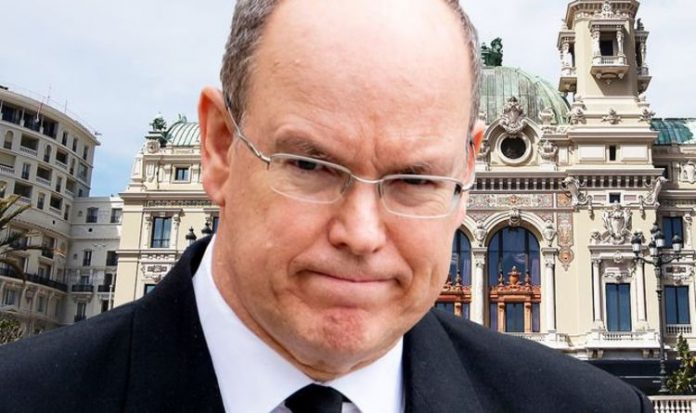Monaco’s famous Monte Carlo casino has been given the green light to reopen its doors. The gambling complex was labelled as COVID safe. It has been the bedrock of Monaco’s social life for decades.
Originally built in 1863, it became the perfect venue for anyone wanting to relieve themselves of a few thousands pounds; and potentially win even more.
It is owned by the Société des bains de mer de Monaco, a public company in which the Monaco government and royal family have a majority interest in – a point which proves just how central the casino is to the principalities cultural fabric.
In order to entice gamblers and squeeze them of their hard-earned cash, the casino used to employ a cunning technique.
The method was revealed during the BBC’s documentary ‘Inside Monaco: Playground of the Rich’.
During a tour of the casino, the venue’s general manager Pascal Camia revealed the building had no clocks so gamblers weren’t aware of how long they had been gambling – a technique, he claimed, was also adopted by other casinos.
He explained: “In every casino in the world you don’t have clocks.
“People have to lose control of the time.”
This changed, however, when Monaco’s railway station was constructed below the casino.
JUST IN: Royals unmasked: Confession on ‘weird and privileged life’ unveiled
Successful players could walk away with 35 times their maximum bet should they win.
It means the casino must keep high amounts of cash in house at all times.
Natives of Monaco, the Monégasque, are prohibited from gambling in the country at all.
When Princess Caroline developed Monte Carlo Casino in the mid-1800s, she was adamant that Monegasques should not be allowed inside, and that gambling revenue should come only from foreigners.
In exchange, citizens of Monaco do not have to pay income taxes.
The country itself does not rely solely on its casinos for economic development.
It is a well-rounded tourism destination too, with around 11 percent of its revenue coming from visitors from abroad.
Just four percent of its revenue comes from gambling.
Grand events such as the Monaco Grand Prix each year also account for a significant slice of the principalities annual income – approximately around €100million (£90million) a year.
That’s around six percent of Monaco’s annual revenue.
Without any revenue from income tax, the principality relies on VAT.
It charges 20 percent on every sale.
This means that the more money spent in Monaco, the more revenue the principality makes.
For example, a bottle of champagne that costs €28,000 (£25,000) generates £5,000 in tax.







